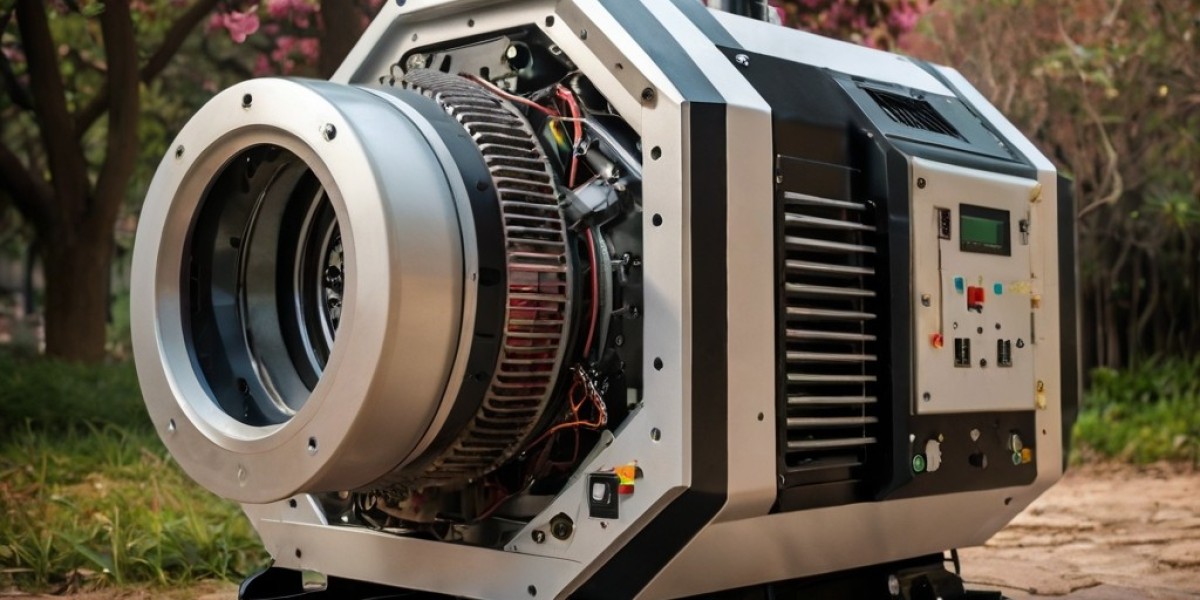Token-based generative systems represent a significant paradigm shift in the field of artificial intelligence, particularly in the realm of creative generation. These systems utilize a token-based approach to generate complex creative outputs, such as text, images, and music. In this article, we will delve into the theoretical underpinnings of token-based generative systems, exploring their core components, mechanisms, and implications for our understanding of creative processes.
Introduction
Creativity is a complex and multifaceted concept that has long fascinated researchers across various disciplines. The ability to generate novel, valuable, and surprising outputs is a hallmark of human creativity, and researchers have sought to replicate this process using artificial intelligence (AI) techniques. Token-based generative systems offer a promising approach to achieving this goal, leveraging advances in machine learning and natural language processing to generate creative outputs. These systems have gained significant attention in recent years, with applications in language translation, text summarization, and content generation.
Core Components of Token-Based Generative Systems
A token-based generative system typically consists of three core components: (1) a tokenization module, (2) a generative model, and (3) a decoder. The tokenization module is responsible for breaking down the input data into a sequence of tokens, which can be words, characters, or other meaningful units. The generative model is a neural network architecture that takes the tokenized input and generates a probability distribution over the possible next tokens. The decoder then selects the most likely token based on this distribution and outputs the generated token.
Tokenization Module
The tokenization module is a critical component of the token-based generative system, as it determines the granularity and representation of the input data. Tokenization can be performed at various levels, including word-level, character-level, or even subword-level. Word-level tokenization is commonly used for natural language processing tasks, where the input text is broken down into individual words or phrases. Character-level tokenization, on the other hand, is often used for tasks that require a finer-grained representation, such as language modeling or text generation. Subword-level tokenization, also known as wordpiece tokenization, represents a compromise between word-level and character-level tokenization, where words are broken down into subword units.
Generative Model
The generative model is the core of the token-based generative system, responsible for generating a probability distribution over the possible next tokens. This model is typically a neural network architecture, such as a recurrent neural network (RNN) or a transformer, that takes the tokenized input and outputs a probability distribution over the possible next tokens. The generative model is trained on a large dataset of examples, allowing it to learn patterns and relationships in the data. The model's output is a probability distribution over the possible next tokens, which is then used by the decoder to select the most likely token.
Decoder
The decoder is responsible for selecting the most likely token based on the probability distribution output by the generative model. The decoder typically uses a greedy approach, selecting the token with the highest probability. However, other decoding strategies, such as beam search or sampling, can also be employed to generate more diverse outputs.
Mechanisms of Token-Based Generative Systems
Token-based generative systems operate through a combination of mechanisms, including:
- Pattern recognition: The generative model recognizes patterns in the input data, such as linguistic patterns or stylistic features.
- Probability estimation: The generative model estimates the probability of each possible next token, based on the patterns recognized in the input data.
- Exploration-exploitation trade-off: The decoder balances the trade-off between exploring new possibilities and exploiting the most likely options, to generate novel and coherent outputs.
Implications of Token-Based Generative Systems
Token-based generative systems have significant implications for our understanding of creative processes:
- Creativity as a computational process: Token-based generative systems demonstrate that creativity can be viewed as a computational process, where the generation of novel outputs is the result of complex algorithms and statistical models.
- Pattern recognition and manipulation: Token-based generative systems highlight the importance of pattern recognition and manipulation in creative processes, where the ability to recognize and manipulate patterns is a key aspect of creative generation.
- Exploration-exploitation trade-off: The exploration-exploitation trade-off in token-based generative systems mirrors the trade-off between exploration and exploitation in human creativity, where the ability to balance novelty and coherence is essential for creative success.
Limitations and Future Directions
While token-based generative systems have shown significant promise, there are several limitations and future directions that must be addressed:
- Lack of human-like understanding: Token-based generative systems lack human-like understanding and common sense, which can result in generated outputs that are not grounded in reality.
- Limited contextual understanding: Token-based generative systems often struggle to understand context and nuances of human language, leading to generated outputs that are not sensitive to the context.
- Evaluation metrics: The evaluation of token-based generative systems is a challenging task, as it requires the development of metrics that can assess the creativity, coherence, and novelty of generated outputs.
Conclusion
Token-based generative systems represent a significant advancement in the field of artificial intelligence, offering a novel approach to creative generation. These systems leverage the power of machine learning and natural language processing to generate complex creative outputs, and have significant implications for our understanding of creative processes. However, there are several limitations and future directions that must be addressed to further develop and refine these systems. As researchers, we must continue to explore the theoretical underpinnings of token-based generative systems, and develop new approaches and techniques to address the challenges and limitations of these systems. Ultimately, the development of token-based generative systems has the potential to transform our understanding of creativity and generate novel, valuable, and surprising outputs that exceed human capabilities.
In the event you loved this short article and you would like to receive details relating to Medium.Cz Autorská Platforma i implore you to visit the site.








